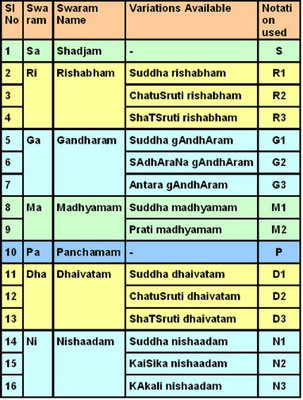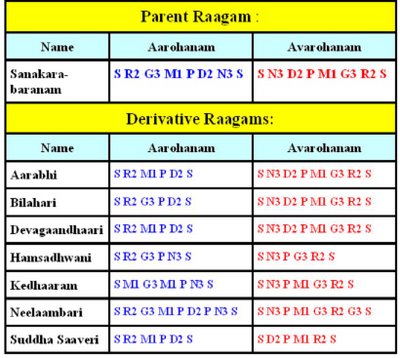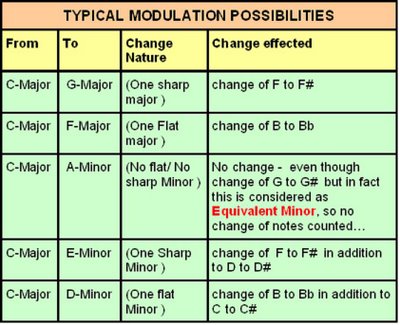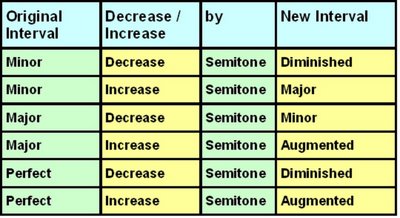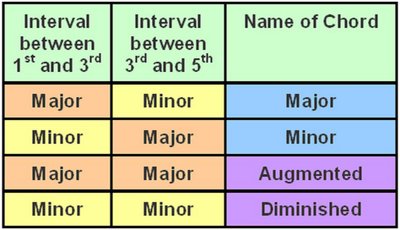Hi All,
Warning : Once I start this topic on WCM Vs Carnatic, I may wander here and there and it is the responsibility of the reader to collect and correlate whatever useful contents from these discussions, as he feels so !
Disclaimer : Any view expressed here is of author only and at the same time author is not to entertain any “How dare you can Compare this and that “ sort of complaints ! .
Read the following Q & A
(This may not be word by word translation, but just conveying the overall meaning of Q & A.) :
“Why there are no significant Carnatic based songs from you ? “
“If I don’t spoil Carnatic music, that’s the service I am making to that (laughs)…”
The period was somewhere around 1978 and that was in one of the Radio interview and you might have guessed by now, that the answer was from IR !
Really shocking and surprised you are…Aren’t you ?
I also felt that shock because, around that time, I started hearing from various news/ tidbits that IR was learning Carnatic music daily in the morning with some famous carnatic musical Gurus….!
Imagine a gold medallist of Trinity College in WCM, starts his lessons on Carnatic at that age and also when he was already a roaring success in film world!
Don't forget the decade of film composing experience of IR before Annakkili as an associate with GKV etc!
One cannot doubt his Carnatic music knowledge, if you carefully analyse even his initial two years of hit songs! A wider spectrum of Carnatic base and innovations can be easily identified even now!
In spite of all these, IR still felt that he shall formally learn Carnatic music. Because he felt knowledge is not sufficient, attaining skills are what the primary requirement!
My point here is, I view IR as WCM expert who tread into the Carnatic field and obtained the expertise of that also and then expanded his horizons !
Having the advantage of not started the Carnatic first, his perceptions of Carnatic music are flexible & unbiased and he might have approached Carnatic from the point of view of WCM, which he already knows thoroughly.
So while learning and expertising the Carnatic music, he interchangeably superimposed the one philosophy and rules over the other !
( I repeat the words Philosophy and Rules ! The one who knew both, applied exactly the rules and philosophy ! Its others perception that he violates the other ! )
That made and even now makes IR different !
As the beginners to both WCM and Carnatic, let us also get into the path IR might have followed and look at the both the perspectives…!
Because…… IR’s WCM is Carnaticised and IR’s Carnatic is also WCMised…!
Three major Philosophies and Perspectives we shall have to study to understand his amazing creations !
First : Scale Vs Raagam Concepts !
Second : Modulation Concepts !
Third : Harmony Concepts!
Then let us have begining with a small learning of above perceptions of both the fields…!
Warning : Once I start this topic on WCM Vs Carnatic, I may wander here and there and it is the responsibility of the reader to collect and correlate whatever useful contents from these discussions, as he feels so !
Disclaimer : Any view expressed here is of author only and at the same time author is not to entertain any “How dare you can Compare this and that “ sort of complaints ! .
Read the following Q & A
(This may not be word by word translation, but just conveying the overall meaning of Q & A.) :
“Why there are no significant Carnatic based songs from you ? “
“If I don’t spoil Carnatic music, that’s the service I am making to that (laughs)…”
The period was somewhere around 1978 and that was in one of the Radio interview and you might have guessed by now, that the answer was from IR !
Really shocking and surprised you are…Aren’t you ?
I also felt that shock because, around that time, I started hearing from various news/ tidbits that IR was learning Carnatic music daily in the morning with some famous carnatic musical Gurus….!
Imagine a gold medallist of Trinity College in WCM, starts his lessons on Carnatic at that age and also when he was already a roaring success in film world!
Don't forget the decade of film composing experience of IR before Annakkili as an associate with GKV etc!
One cannot doubt his Carnatic music knowledge, if you carefully analyse even his initial two years of hit songs! A wider spectrum of Carnatic base and innovations can be easily identified even now!
In spite of all these, IR still felt that he shall formally learn Carnatic music. Because he felt knowledge is not sufficient, attaining skills are what the primary requirement!
My point here is, I view IR as WCM expert who tread into the Carnatic field and obtained the expertise of that also and then expanded his horizons !
Having the advantage of not started the Carnatic first, his perceptions of Carnatic music are flexible & unbiased and he might have approached Carnatic from the point of view of WCM, which he already knows thoroughly.
So while learning and expertising the Carnatic music, he interchangeably superimposed the one philosophy and rules over the other !
( I repeat the words Philosophy and Rules ! The one who knew both, applied exactly the rules and philosophy ! Its others perception that he violates the other ! )
That made and even now makes IR different !
As the beginners to both WCM and Carnatic, let us also get into the path IR might have followed and look at the both the perspectives…!
Because…… IR’s WCM is Carnaticised and IR’s Carnatic is also WCMised…!
Three major Philosophies and Perspectives we shall have to study to understand his amazing creations !
First : Scale Vs Raagam Concepts !
Second : Modulation Concepts !
Third : Harmony Concepts!
Then let us have begining with a small learning of above perceptions of both the fields…!
